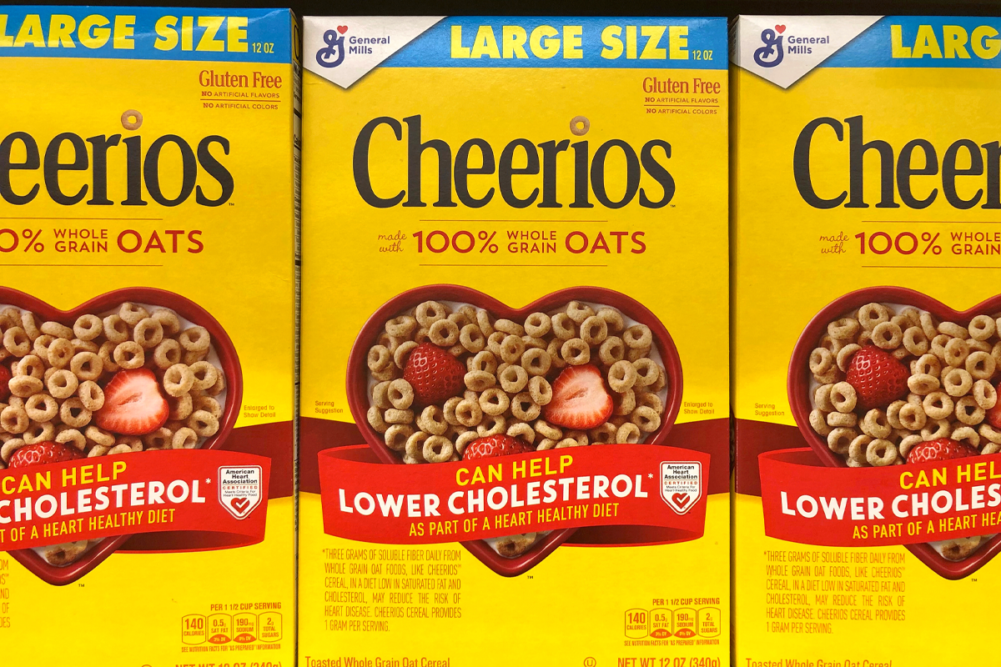MINNEAPOLIS — General Mills, Inc. has raised prices five times over the past year, a development likely without precedent, said Jonathon J. Nudi, Group President of North American Retail.
Mr. Nudi participated in a question-and-answer discussion about the General Mills business June 1 as part of the RBC Capital Markets Consumer and Retail Conference. Conducting the Q&A was Sunil Modi, RBC’s lead consumer analyst.
“We have not taken five rounds of pricing in many, many years, let alone all in one,” Mr. Nudi said. “Every one of those actions didn’t involve all of our products, but we compete in 25 different categories across the store. So we hit all of those categories and some of them multiple times. And that obviously required a different risk.”
Analytics are crucial for effectively implementing and choosing the appropriate mode for price increases, Mr. Nudi said.
“We have tools now that are very technical and models that really help us figure out the best way to take pricing,” he said. “So, in many cases, it was list price increases. We adjusted our promotional frequency and depth as well. And then pack price architecture is another area that we leaned into. So if you look in market, you look at Nielsen, you can see our prices are up significantly versus a year ago. And again, our goal is to keep our products as affordable as possible for consumers.”
During the discussion, Mr. Nudi tied the pricing actions to a decision the company made a year ago to restructure its business.
“We used to be a big slow bureaucratic organization with silos and functions,” he said. “A lot of people second-guessed or were wondering at the time did it make sense for us to have a major reorganization last summer in the middle of a pandemic.”
He said the move helped General Mills navigate more effectively the challenge of rising costs and supply chain disruptions.
“What we did in North America, was take five operating units, which all were sizable but yet subscale, and move those to three,” he said. “So we had more scale. We were able to have our best leadership teams to really run those businesses, and we put our capabilities into each of those operating units. And at the same time, we forward deployed all of our functional partners. So instead of having sales set off on the side, we now have sales report into each of our operating units directly.
“And I can tell you for a fact. We would not have been able to take five rounds of pricing this year if we run our old structure because it used to work that our operating units or our business teams had to negotiate with our sales teams before we negotiate with our customers. Now they’re one team working together, moving much more quickly.”
To date, the price moves have not cost General Mills market share, Mr. Nudi said. To the contrary, the company has been gaining share across two thirds of its categories, he said.
“When you look at elasticities, elasticities are less than half of what they’ve been historically,” he said. “We’re watching that all the time and obviously as we take more and more price, there is elasticity out there. It's just not what we’ve seen historically. And then private label. While in food and beverage, you’ve seen it start to tick up in our categories, it’s only up 5 or 10 basis points more recently. And so we’re keeping track of that as well.”





